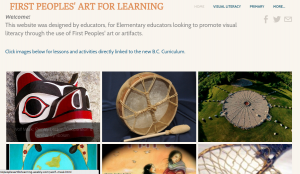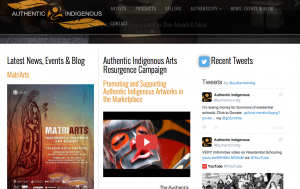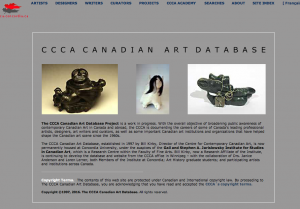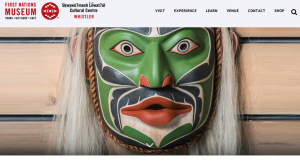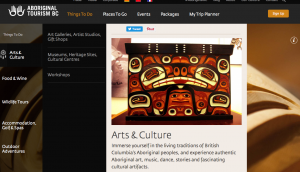The Secret Path began as poems written by Gord Downie, after he heard Chanie Wenjack’s story, who died at the age of 12 in 1966 while trying to escape residential school. The poems became songs, and the songs inspired a graphic novel of Chanie’s story. Gord Downie brought Chanie’s story into the conscience of Canadians. Some people may argue that Gord Downie is telling a story that isn’t his, but he was embraced by Chanie’s family and Aboriginal communities around Canada for his work in shining light on a dark corner of Canadian history.
http://www.firstvoiceskids.com/
This interactive website teachings children traditional languages through easy to click icons. There are no instructions, which makes it very kid friendly. They can click through and find an activity, like colouring, or click on icons that are linked to sound files to hear the names of everyday items or phrases. This would be a great way for students to learn new words at their own pace.
http://www.indigenousyouthwellness.ca/cuystwi
This is linked with the Ask Auntie site I posted about previously. While Ask Auntie is focused on girls, this a platform is set up in quests for youth to explore their identity and culture and become a young warrior. This is response to the suicide epidemic that was sweeping through some FNMI communities.
http://www.reelyouth.ca/GoldTrail.html
This is a link to Reel Youth, a company I hired while working as a digital media teacher. I was working in Ashcroft BC and teaching students in Lillooet, Clinton and Lytton via video conferencing. Reel Youth came to show students how to create stop motion animation. They weren’t just making any film, they had to think of an issue that really affected them and impacted their lives. I was amazed at how seriously my students took this assignment. Their films are political (without realizing it in most cases). They tackle issues like joblessness, poverty, healthcare, LGBTQ rights and the environment, all in 30 second claymation videos. One video in particular caught a lot of negative attention from a few community members and a YouTube comment war began. A parent sent it to Rick Mercer and he responded with a video. It was amazing to see my students in a tiny town be recognized by a public figure for their hard work. These videos are great examples of self representation and shows the issues the students (Indigenous and non-indigenous) feel are important and close to home.
This site is an interesting project run by a non-Indigenous person who is upfront about the questions of representing land on maps, which he sees are inherently colonial. You can enter an address and find out what traditional territory it is. Most of the results also link you to websites of those nations or language sites. It would be interesting to use this in a classroom ( there is a teacher guide as well). Students can zoom in or out to see the land covered by territories. It would offer a great way to start discussions about boundaries, nations and the uses of maps over centuries.

